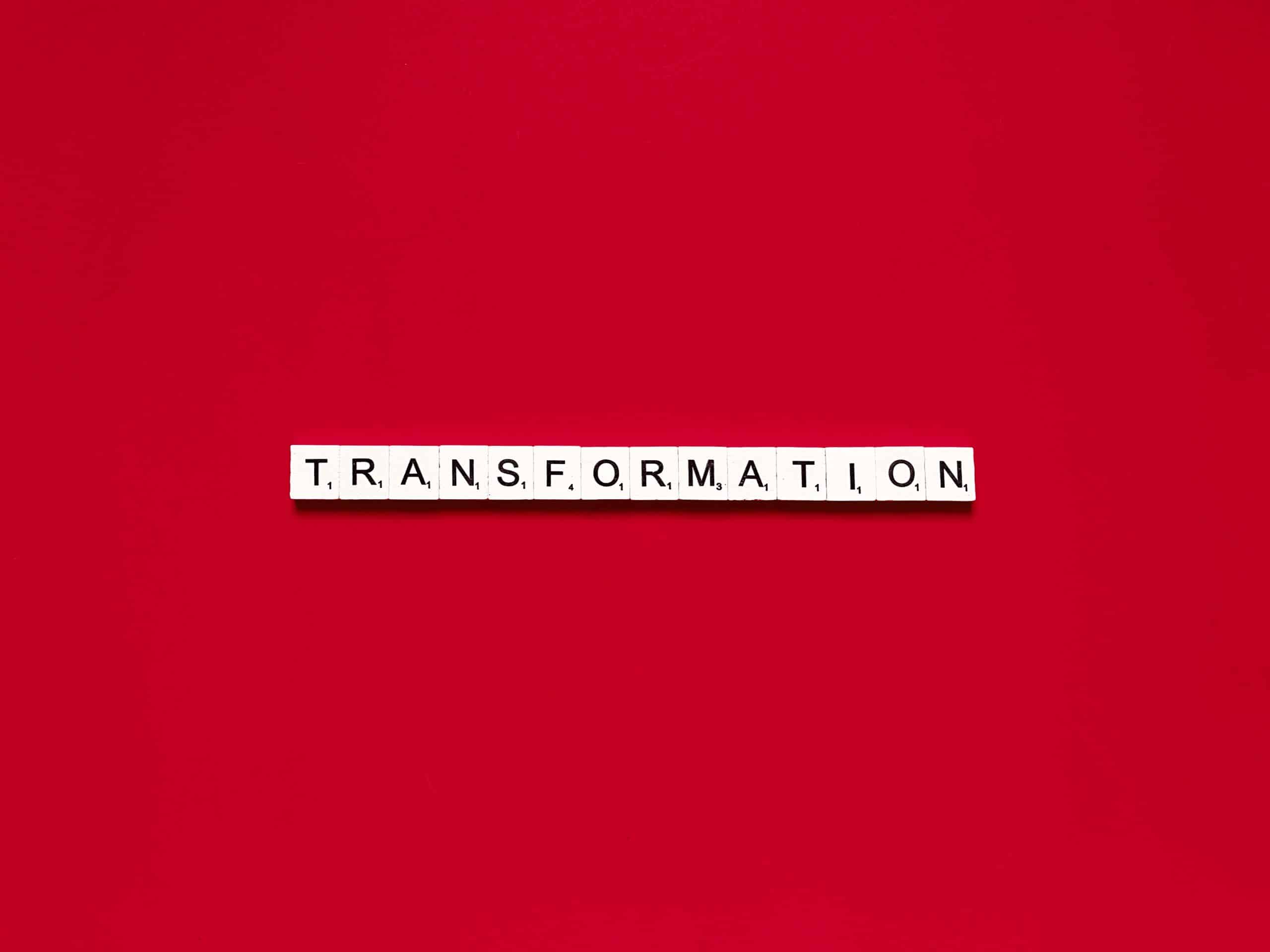How Is Digital Storytelling Transforming Heritage Site Visits in the UK?

In the age of digital revolution, the way we interact with our cultural past is rapidly evolving. The advent of digital tools has not only made it possible to access historical information at our fingertips but has also redefined the way we engage with our cultural heritage. One such transformative tool is digital storytelling, the practice of using digital media to share narratives. This article explores how digital storytelling is reshaping visits to heritage sites in the UK, offering a unique blend of historical context, immersive experience, and interactive learning.
The Power of Digital Storytelling in Cultural Heritage
Digital storytelling is a modern genre of narrating stories using digital media, including images, audio, and video. This new form of storytelling has gained significant traction in the cultural heritage sector, fostering deeper engagement with historical content.
En parallèle : What’s the Latest in Quantum Encryption for Protecting UK’s Data Infrastructure?
Digital storytelling can take various forms, from simple audio narratives accompanying a static image to complex, multi-dimensional experiences incorporating virtual reality, augmented reality, and interactive elements. The use of digital technology not only makes these narratives more accessible but also more engaging, offering users a chance to interact with the story rather than just passively consume it.
For instance, the National Museum of Scotland has developed an interactive app that brings objects in the museum to life using digital storytelling. Visitors can point their smartphone at an artefact to learn more about its history and significance. This not only enhances the visitor’s understanding of the artefact but also fosters a greater appreciation for the broader cultural context in which it exists.
Avez-vous vu cela : Discover the charm of traditional french wedding customs
Digital Storytelling: A Tool for Scholar Engagement
Digital storytelling also provides an opportunity for scholars to engage with the cultural heritage. It enables them to delve deeper into the historical context, interpret the relevance of artefacts, and contribute to the ongoing discourse about our shared past.
One of the notable projects in this arena is the ‘Decoding the Vikings’ project launched by Google and the British Museum. Using Google’s AI technology, the project allows scholars and enthusiasts to explore the Viking Age by deciphering ancient runes carved into artefacts. This not only adds a new dimension to the study of the Viking Age but also democratizes access to scholarly resources, making them accessible to a wider audience.
The use of digital storytelling in this context also fosters cross-disciplinary collaboration. Scholars from diverse fields like history, archaeology, digital design, and media studies come together to create these narratives, demonstrating the power of digital storytelling as a tool for scholarly engagement.
Case Study: The British Museum and Google’s Digital Storytelling Project
The collaboration between Google and the British Museum on the ‘Decoding the Vikings’ project is an excellent example of how digital storytelling can transform heritage site visits.
The project uses Google’s AI technology to decipher ancient runes carved into artefacts. Visitors to the museum can use smartphones or tablets to explore these artefacts in detail, with the AI providing translations and contextual information. This interactive experience brings the artefacts to life, allowing visitors to engage with them on a more personal level.
Moreover, the project is not confined to the physical space of the museum. It extends to an online platform that allows users worldwide to explore the collection and learn about the Viking Age. This democratizes access to historical resources and enables remote learning opportunities.
Digital Storytelling: Enhancing User Experience and Engagement
The use of digital storytelling in the cultural heritage sector goes beyond providing information; it aims to create an immersive, engaging experience for the user.
Interactive elements allow users to actively engage with the content. They can explore different narratives, manipulate digital representations of artefacts, and even contribute their interpretations to the ongoing discourse. This interactivity fosters a sense of ownership, making the user an active participant in the storytelling process rather than a passive consumer.
Moreover, the use of digital storytelling can enhance the emotional impact of the narrative. Well-crafted digital stories can elicit emotional responses, creating a deeper connection between the user and the cultural heritage. This emotional engagement can lead to a greater appreciation for the cultural heritage and a stronger desire to preserve it for future generations.
Digital storytelling has brought a revolution in the way we engage with our cultural heritage. It offers a new, immersive way to explore our shared past, making it more accessible and engaging for all. While we have seen some exciting developments in this space, the potential of digital storytelling is vast and largely untapped. As technology continues to evolve, we can expect to see even more innovative ways of using digital storytelling to enrich our engagement with cultural heritage.
The Impact of Digital Storytelling on Heritage Tourism
Heritage tourism is another area that is significantly influenced by digital storytelling. Tourists visiting heritage sites are not merely looking for a glimpse into the past, but they also search for a connection to the cultural values inherent in these locations. Digital storytelling provides the avenue to fulfil these desires, offering unforgettable visitor experiences.
Heritage sites are leveraging digital tools like social media, virtual reality, and location-based services to create more interactive and engaging visitor experiences. For example, the Roman Baths in Bath has a location-based audio guide that uses GPS to offer visitors information about the site based on their physical location. This not only makes the visit more informative but also more immersive, enhancing the overall visitor experience.
Moreover, social media has become a powerful tool for digital storytelling in heritage tourism. Heritage sites are using platforms like Instagram and Facebook to share stories about their cultural significance, events, and initiatives. These platforms allow for social interaction and engagement, taking the visitor experience beyond the physical confines of the site.
In addition, virtual reality is revolutionising the visitor experience at heritage sites. It provides visitors with a unique opportunity to immerse themselves in the historical context, making their visit more engaging and memorable. For instance, visitors at Stonehenge can use a VR headset to experience what the site might have looked like thousands of years ago.
Reimagining Cultural Heritage in the Digital Age with Digital Storytelling
As we move further into the digital age, the role of digital storytelling in interpreting and preserving our cultural heritage is becoming increasingly important. It offers an innovative way to present and experience our shared past, combining technology and narrative to help us understand and appreciate our cultural roots.
Digital storytelling is helping to make cultural heritage more accessible to a wider audience. It is no longer confined to those who can visit these heritage sites physically. With the advent of technology, anyone around the world can explore these sites virtually, learning about their history and cultural values.
The case studies of the National Museum of Scotland and the collaboration between Google and the British Museum illustrate the potential of digital storytelling to transform our engagement with cultural heritage. These projects are not just about presenting information, but about creating immersive experiences that foster a deeper understanding and appreciation of our shared past.
Moreover, digital storytelling is playing a crucial role in heritage conservation. By raising awareness about the value and significance of our cultural heritage, it is inspiring people to become active participants in preserving these sites for future generations.
In conclusion, digital storytelling is redefining the way we interact with our cultural heritage. In the age of technology, it brings our shared past to life, enhancing our understanding and appreciation of our cultural roots. As technology continues to evolve, we can look forward to seeing more innovative ways of leveraging digital storytelling to engage with our cultural heritage. Whether it is through interactive apps, social media, or virtual reality, the future of heritage tourism is digital, immersive, and interactive. The full text of our shared past is being written, engaging more and more people in the story of our cultural heritage.
